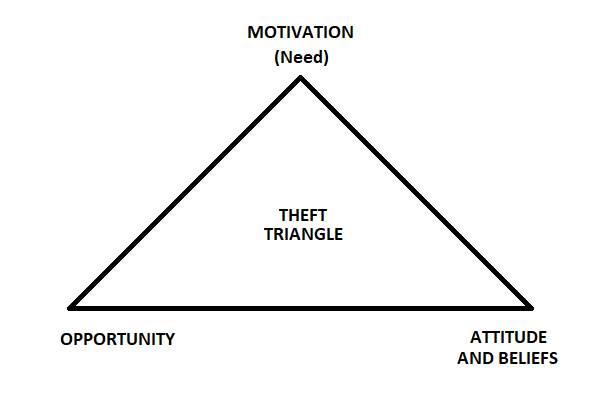 To catch a thief you need to be really fast or better yet to eliminate the theft from ever happening you need to eliminate the thief from even trying to steal something by cutting down on the opportunity.
To catch a thief you need to be really fast or better yet to eliminate the theft from ever happening you need to eliminate the thief from even trying to steal something by cutting down on the opportunity.- An alarm panel CPU
- A touch pad to arm and disarm the alarm system
- AC power
- A phone line
- Signals to be sent to a monitoring facility before the messages are then sent to a first responder
This not only makes installation to be extremely easy and inexpensive, it saves a great deal of time in reporting an alarm condition. A typical theft only takes a couple of minutes. The new LightGard WIFI unit sends a text message with complete location information as well as a time stamp to the first responders within about 10 to 30 seconds.
When a typical alarm system panel’s CPU, which in the past had to be used, it would send a message to a monitoring facility which follows up with a phone call with a voice message to a facility that then uses a radio to send a voice message of the location of the alarm to the first responder. This process often requires a repeat of the voice message if the first responder happens to be in noisy locations such as a football field, basketball game or boiler room.
This would usually take 3 to 5 minutes or longer, especially if the monitoring station is trying to also handle hundreds of false alarms, which usually happens if a major lightning and thunderstorm is passing through any major city in the USA. This means that the thief usually will be long gone before the first responder gets the message!
Not so with the LightGard WIFI units that send the text message with complete location information within about 10 to 30 seconds. Another unique feature of the LightGard units is that they can protect individual valuable items in a room full of people. All other alarm systems need to have the protected room empty of people in order to protect equipment and arm the systems.
The new LightGard WIFI units and app for all Apple devices – iPhone, iPad, Laptop etc. or Android devices, provides a way for a LightGard WIFI user to do several things.
1. It provides a way to access a WIFI signal.
2. It provides a way to program the location of the LightGard WIFI unit.
3. It provides a way to notify several individuals by programming the cellphone numbers and/or email addresses of the people that are to receive text, email or push messages whenever an alarm condition is detected.
4. It provides a way to arm or disarm each unit and send notifications of the four different alarm conditions. Alarm, Tamper, Low Battery, and Supervisory.
5. It provides a way, by using a Cloud Server, to have those who are to receive Supervisory notification to not receive the daily supervisory transmissions unless the supervisory messages are not being received in a timely manner.
6. Maintains a History of multiple WIFI devices as well as for each device to display their own current arm/disarm status.
Since most theft on college and university campuses is done by insiders, the LightGard WIFI system becomes a strong deterent by greatly diminishing a thief’s thoughts of ‘opportunity’. If a thief thinks he has 3 to 5 minutes before a first responder is alerted, he might try to steal something knowing he can be across campus by then. But, if he suspects that the time frame is only about 10 to 30 seconds before a first responder is alerted, he will probably think he does not have enough time to steal something and get away. Plus, if he knows that within seconds of his beginning to steal something, there is a time stamp that will allow security personnel to view the CCTV camera’s recordings at the exact time and location of the theft, he may decide that it is not worth the risk. They will be able to tell exactly who was there at that time!
NOTE: We do not recommend that you program the LightGard WIFI units to directly call 911. Police departments should not be contacted for Low Battery reports that will not happen for about 4 or more years or to respond to Supervisory reports or even Tamper alarms. If needed, unit owners thenselves can contact 911 when necessary.
